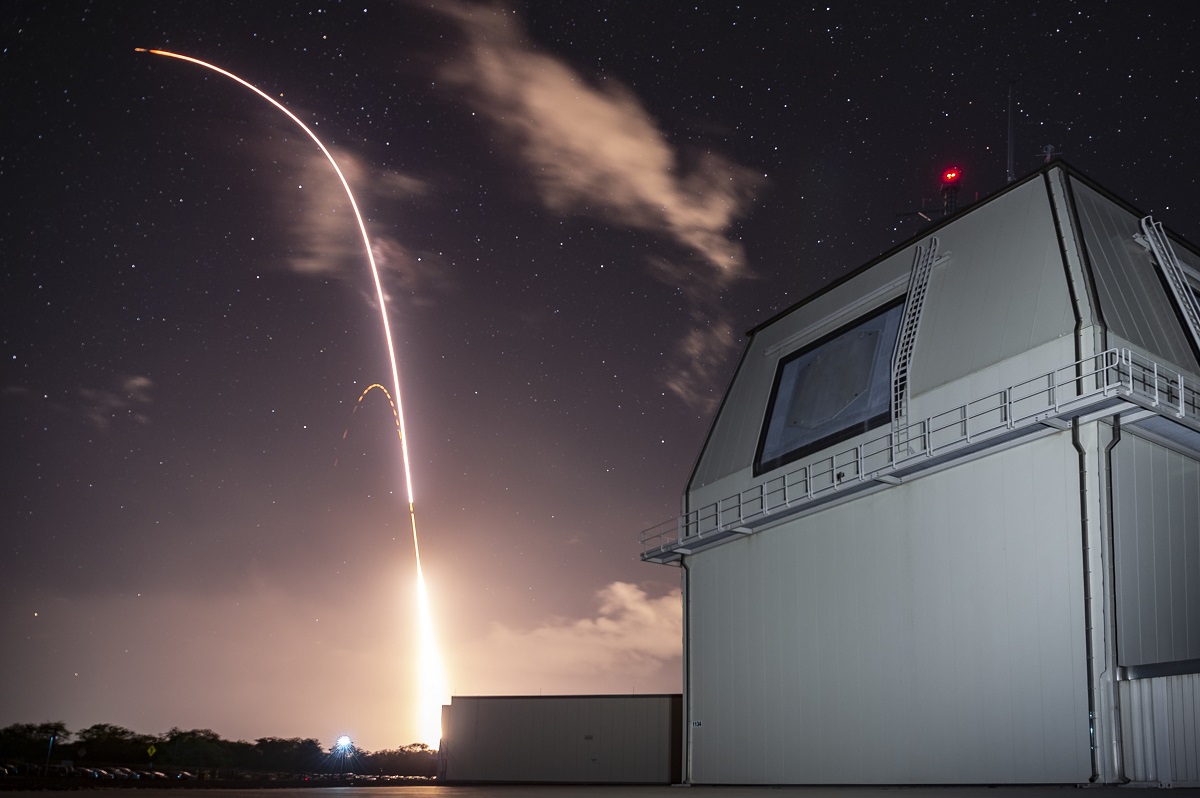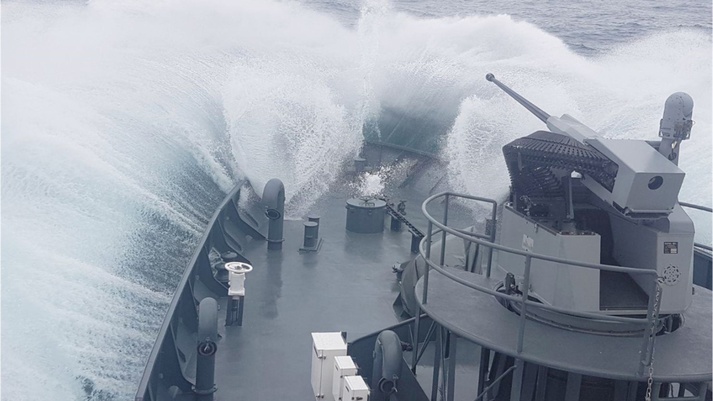- Secondary guns: 2 x 30mm DSM 30 (Bushmaster 30mm) - presumed. (Could be the Mk38 25mm, for compatibility and supply chain reasons with the AOPVs)
The 30mm Machine Gun System (MGS) offers superior capability in defending against multiple threats, including unmanned aerial systems (UAS).

www.baesystems.com
I only just noticed that BAE has started offering Rafael's latest Typhoon Mk-30c as the BAE 30 mm MGS since December 2019. The advantages over the existing Typhoon/Mk38 include the adoption of the 30 mm Bushmaster, more than double the ready ammunition, and being better at aerial engagements, presumably more UAV focused than anti-missile, due to being capable of elevations above 65 degrees compared to just 40 degrees and being able to fire Air Burst Munitions. Limited aerial engagement capability should hopefully make the 25 mm Mk38 less likely, while BAE would likely push hard for their own 30 mm MGS since Canada isn't an existing 30 mm DSM 30 user but does use the 25 mm Typhoon and the 12.7 mm Mini-Typhoon which have commonality.
It should be remembered that most 25 / 30 mm guns started life as 'surface targets only' guns & have been adapted for the aerial mode. Additionally, the 'accuracy' comes from the feed from the guidance system / radar track / plot accuracy, mixed with the munitions ability to 'react' to the target. noting that most shells are basically lead fired in a specific direction, rather than 'reactive shells' that actually sense the target, or are pre-programmed to explode at a set range.
The technology advances in the last 20 years in gun drive systems from analogue to digital have helped with this accuracy, as the lag time in getting the electric motor to actually start moving, by using thyristor drive technology, which means that electric motors are constantly be described 'vibrating', due to them being at a point of being able to rotate in either direction given the demand of the control circuitry, has also been a key development.
Finally, it should be noted that BAE don't actually produce a 30mm gun (
Products & Services ), but have experience of fitting / integrating & testing other companies weapons with their command system software, such as the MSI 30mm gun (
MSI-DS SEAHAWK DS A2 - MSI Defence Systems ). As can also be seen from the first link, they manufacture 30mm shells too.
SA


